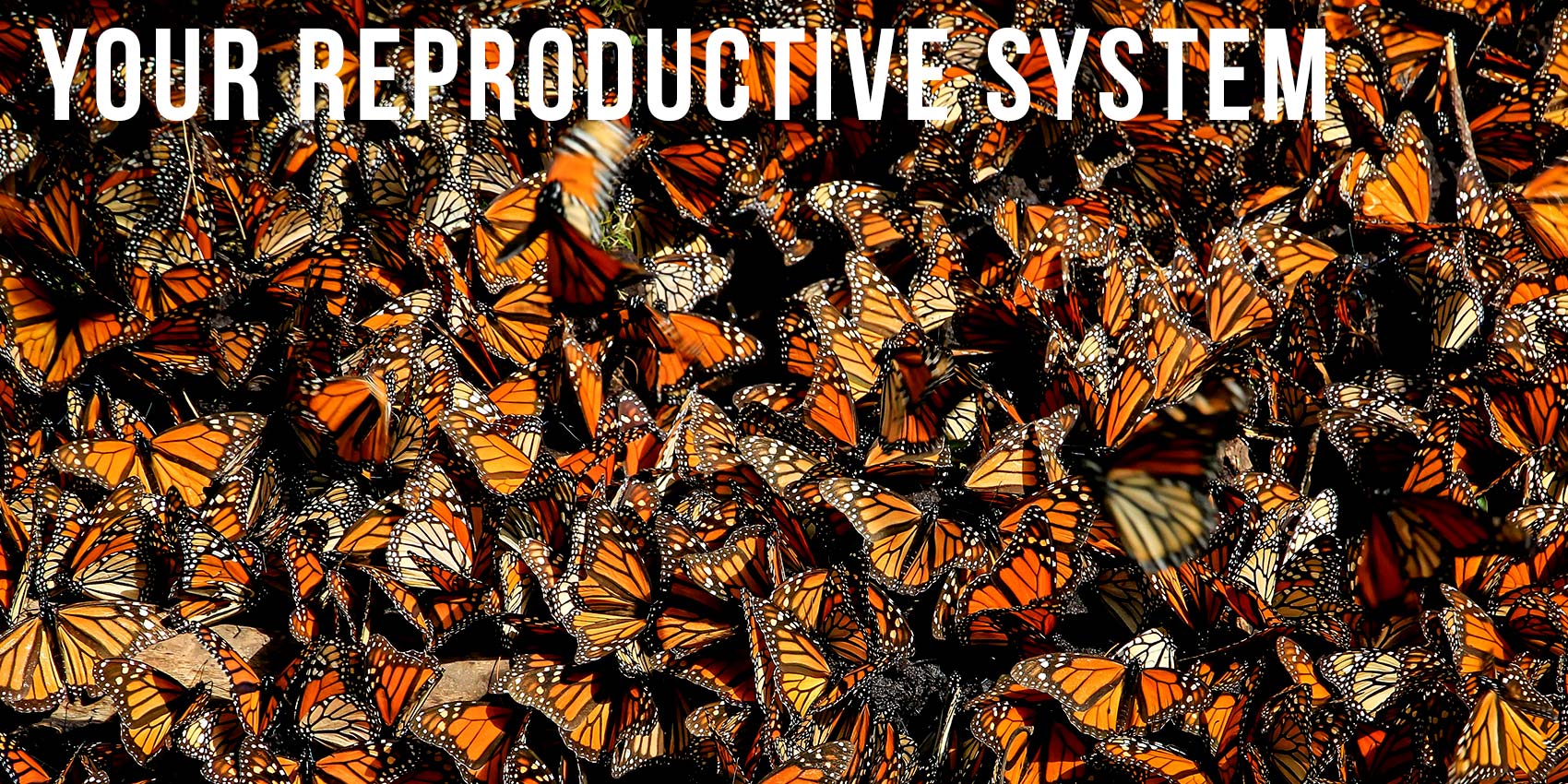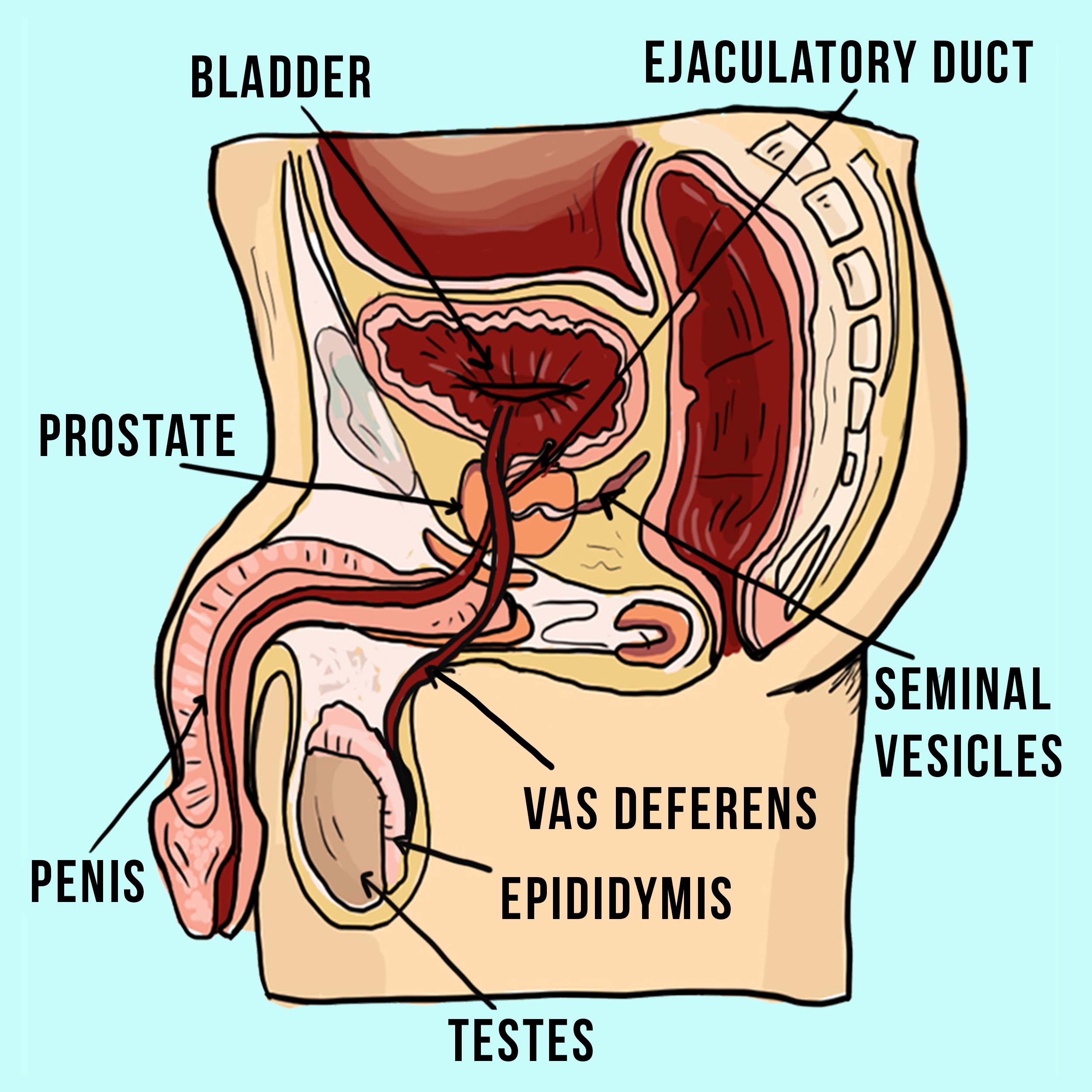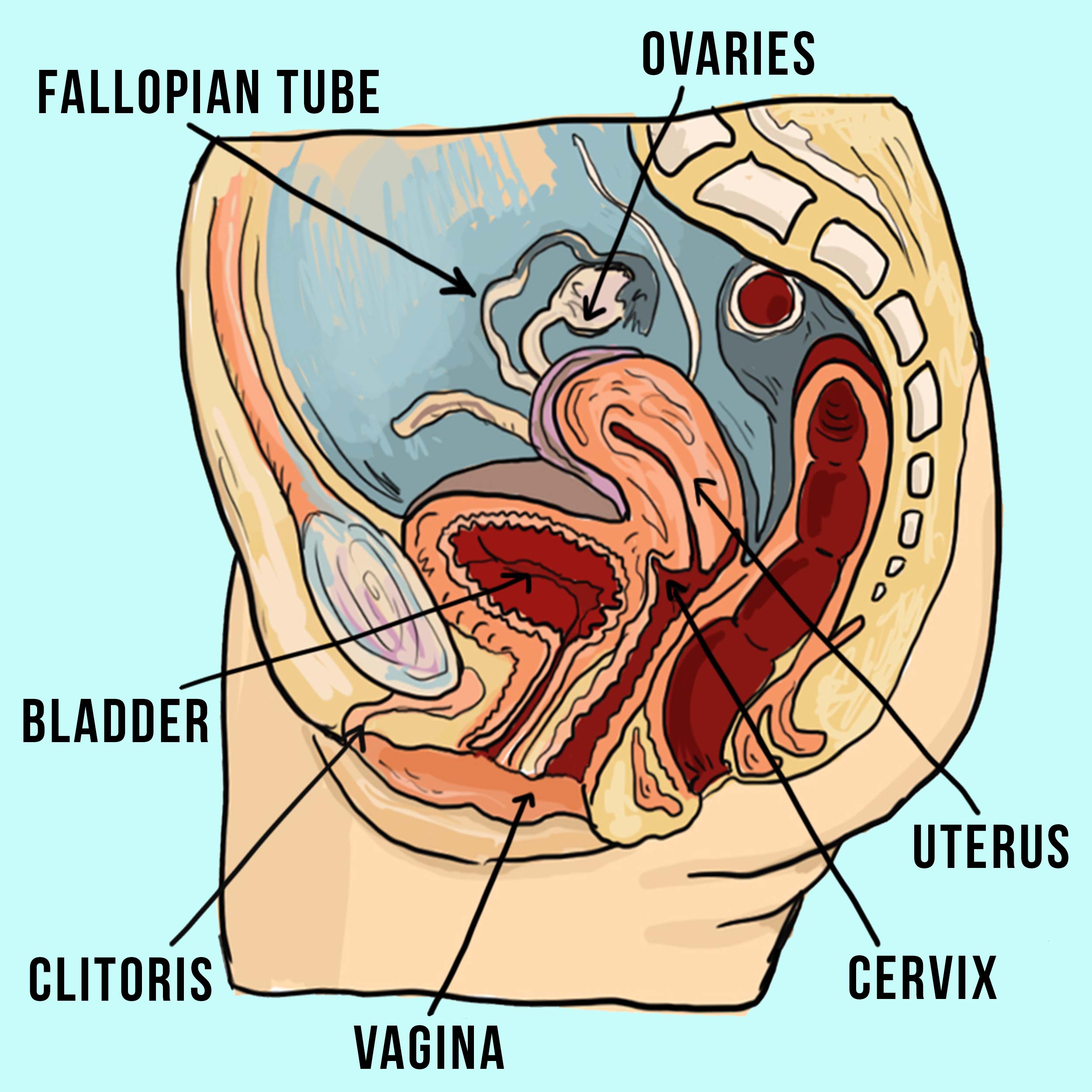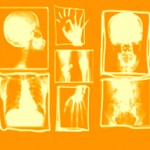11 Nov Your reproductive system

General:
Your Reproductive System is different based on whether you are a male or female.
The major role of this system is to, well, allow you to reproduce! For males that means to provide healthy sperm and for women that means to provide healthy eggs and be able to carry a baby until it can live outside the body. (Yes, women have an extra job!)
Details:
From the moment you were born you had all the equipment necessary to reproduce, only it was the furthest thing from your mind when you were playing with Legos™ and dollies. Not so, anymore… maybe. As you go through puberty your secondary sex characteristics kick in, so you not only have the equipment but you have the ability as well. Puberty is the process whereby your ability to reproduce kicks in.
This is anatomy, after all, so here are the basic male anatomical terms: testes, epididymis (epi did who?), vas deferens (or no difference at all), seminal vesicle, prostate gland, penis and ejaculatory duct (duck goose). The reproductive cell created is sperm.

Let’s examine the journey of the sperm—the male seed for reproduction—to explore what these parts do. Sperm (and testosterone, by the way) are created in the testes (and the testes create MILLIONS of them daily). Once created, the sperm pass into the epididymis to mature and be stored. When needed, the sperm travel along the vas deferens to the seminal vesicles, which produce a thick fluid that mixes with the sperm upon ejaculation (the fluid is called semen). Ejaculation occurs through the ejaculatory duct into the urethra and out of the head of the penis.
The prostate gland is very important because it provides an enzyme-rich fluid for the semen. The prostate gland is located at the base of the bladder and is about the size of a walnut.

DID YOU KNOW? Spermatogenesis is the process of sperm production and maturation which takes a full 64 days!! Your testes make several million—yes million—sperm a day but those will need time to fully mature.
(Source: https://www.healthline.com/health/mens-health/how-long-does-it-take-for-sperm-to-regenerate)
And that’s about all you need to know about that (for this anatomy section at least. If you want to get into the details of reproduction, you can visit that post!).
Next! The female reproductive system contains the ovaries, cervix, uterus, fallopian tubes and vagina (yeah, there’s other stuff, but don’t worry about it for now). The reproductive cell produced is the egg. Let’s take a look at the egg journey to see how the different parts work together.

Each month, a woman releases an egg from one of her ovaries (women have two ovaries—see diagram). The egg travels through the fallopian tubes and into the uterus—the place (also called the womb) where a baby develops and grows. If the egg is not fertilized by the male’s sperm (fertilized means the egg and sperm cell meet, fall in love and join to grow a baby), then the egg, (along with all the blood that was available if a baby needed a nice warm place to grow) will be released via the cervix (the opening from the uterus) and out the vagina.
As noted above, you can read more about sex and reproduction in… sex and reproduction! Imagine that! So move over there next if you want to get the skinny on how reproduction happens.




Post Question:
Tell a funny story about how you first learned where babies come from.
Answer the post question here
What's being said